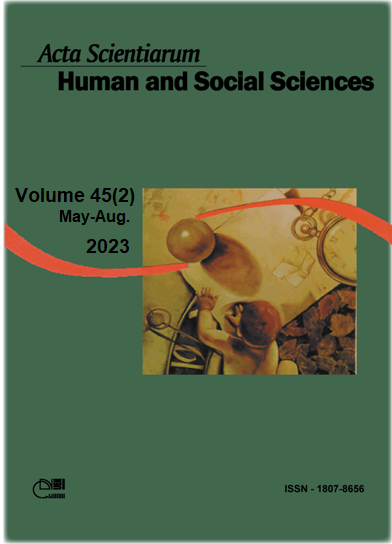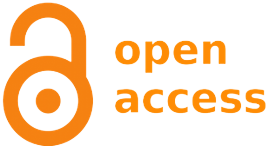Sentido do ser como interrogação pelos pressupostos do existir humano
Resumo
O texto pretende mostrar a importância do projeto heideggeriano de desconstrução da Metafísica, que comporta o desafio de relembrar do esquecimento do ser em função da tendência do ser humano se habituar e acomodar a um projeto histórico em realização. Reavivar a pergunta pelo ser tem, nesse sentido, o potencial de liberar a energia e a criatividade que ficam retidas e cristalizadas na normalização da tradição que toma como medida o ente e não o ser. Nascemos, crescemos e nos tornamos o que somos a partir de uma realidade instaurada num determinado tempo e lugar. Tendemos a perder contato com as origens e a condição finita dessa configuração histórica que nos abriga. Reatar a relação com o originário apresenta o potencial de libertar nossos comportamentos e compreensões da forma mecânica e automática do cotidiano. Junto com a questão do ser, Heidegger se interroga pela compreensão de tempo que guia a Metafísica. Ser é compreendido a partir do tempo como presença e não como movimento, como transcurso que caracteriza o existir humano. Enfatizamos a relação que se estabelece entre o ser e a questão do tempo, da historicidade, da finitude, visando mostrar as implicações dessa relação na existência humana. Compreendido a partir da diferença entre ser e ente, o ser humano resgata sua humanidade (seu Dasein, ser-aí), se liberta da fixação nas determinações históricas nas quais já sempre se encontra e abre-se para o ser-possível. Perguntar pelo ser e pelo tempo tem a ver com morar novamente na proximidade do inaugural, da experiência que não se fecha nas conquistas e explicações, mas as funda e possibilita. Em outras palavras, perguntar pelo ser tem o sentido de voltar a atenção para os pressupostos que configuram o existir humano em sua historicidade.
Downloads
DECLARAÇÃO DE ORIGINALIDADE E DIREITOS AUTORAIS
Declaro que o presente artigo é original, não tendo sido submetido à publicação em qualquer outro periódico nacional ou internacional, quer seja em parte ou em sua totalidade.
Os direitos autorais pertencem exclusivamente aos autores. Os direitos de licenciamento utilizados pelo periódico é a licença Creative Commons Attribution 4.0 (CC BY 4.0): são permitidos o acompartilhamento (cópia e distribuição do material em qualqer meio ou formato) e adaptação (remix, transformação e criação de material a partir do conteúdo assim licenciado para quaisquer fins, inclusive comerciais.
Recomenda-se a leitura desse link para maiores informações sobre o tema: fornecimento de créditos e referências de forma correta, entre outros detalhes cruciais para uso adequado do material licenciado.

























